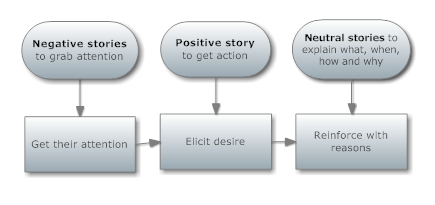 How is blogging and online content marketing like psychotherapy?
How is blogging and online content marketing like psychotherapy?
One of the things I like about blog writing and publishing content on the Web is the connection to people. While “real life” connections put you face-to-face with people you know, publishing content on the web connects you distantly with people you don’t know.
You get a chance to poke the brains of strangers within a certain niche. The only thing that makes your readers similar may be their interest in the niche you are writing about, because you solve problems they have, because you share interests and passions with them.
And yet, in our mammalian brains, we all react to similar things, even when we’re brought up in different cultures across the globe. There are similar persuasion triggers, similar drives, similar emotional hot buttons.
Although I no longer work as a psychotherapist, I apply psychology and knowledge about the brain and human responses to everything I do and write. Let me share some thoughts I had this week about how people respond when they read online.
In the brain, emotions are closely linked to action. In our mammalian past, they were the single most important function of our brains. Our survival depended on quick action. If we had to think first, we’d be some tiger’s lunch before we decided where to jump.
Feelings do not require reflection or thought. We feel, we act. We think later and justify our actions based on input from our more highly advanced reasoning brain.
Strong feelings are hot-wired into the brain’s action centers, provoking any one of the “F” actions:
- Feeding
- Fleeing
- Fighting
- Fornicating
Emotions are simple and clear so that action is easy and fast. We wouldn’t be here talking about content marketing if our ancestors hadn’t become good at all four “F” actions, especially the last one.
How does this translate to Web usage? Read More→












